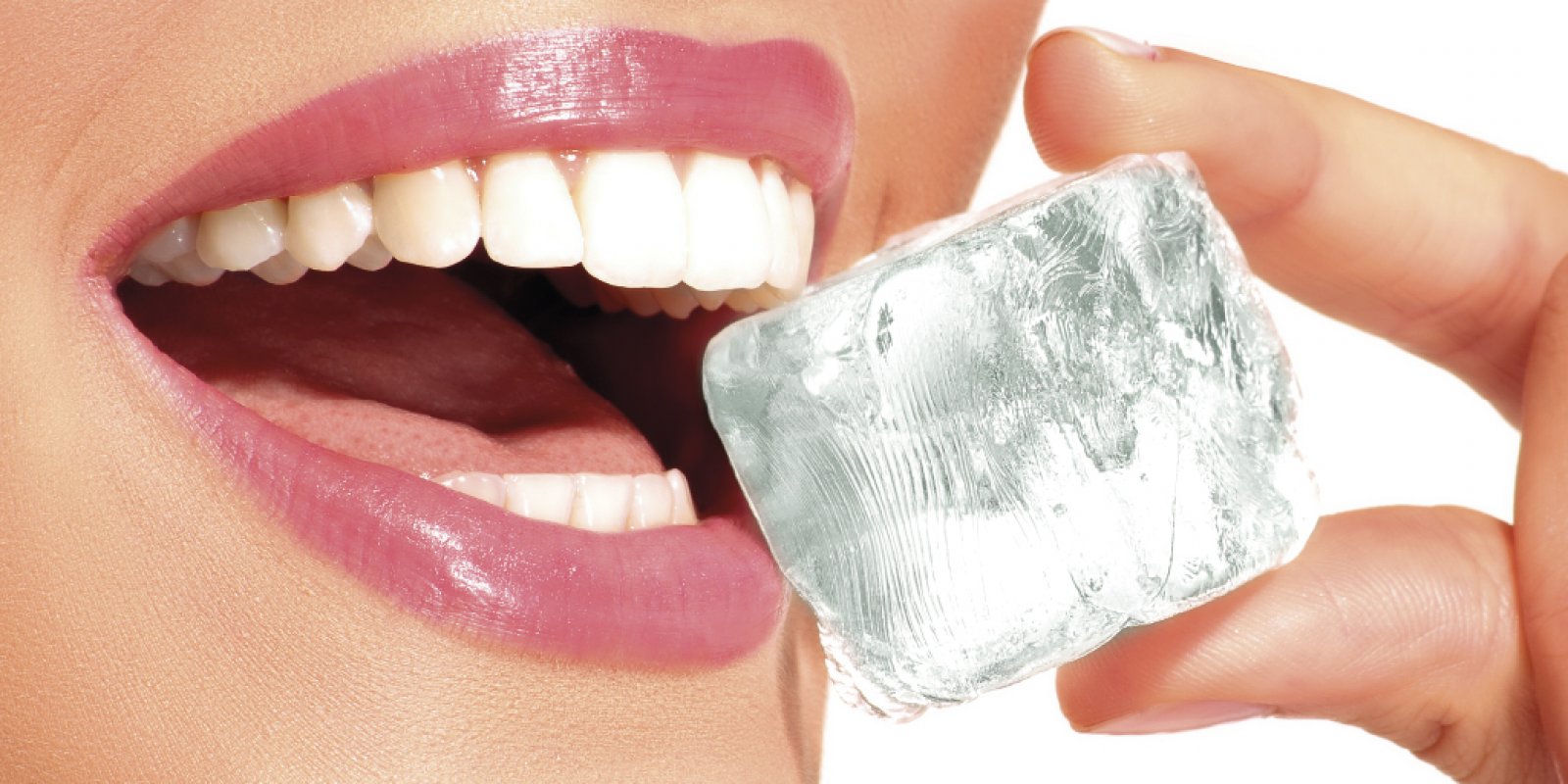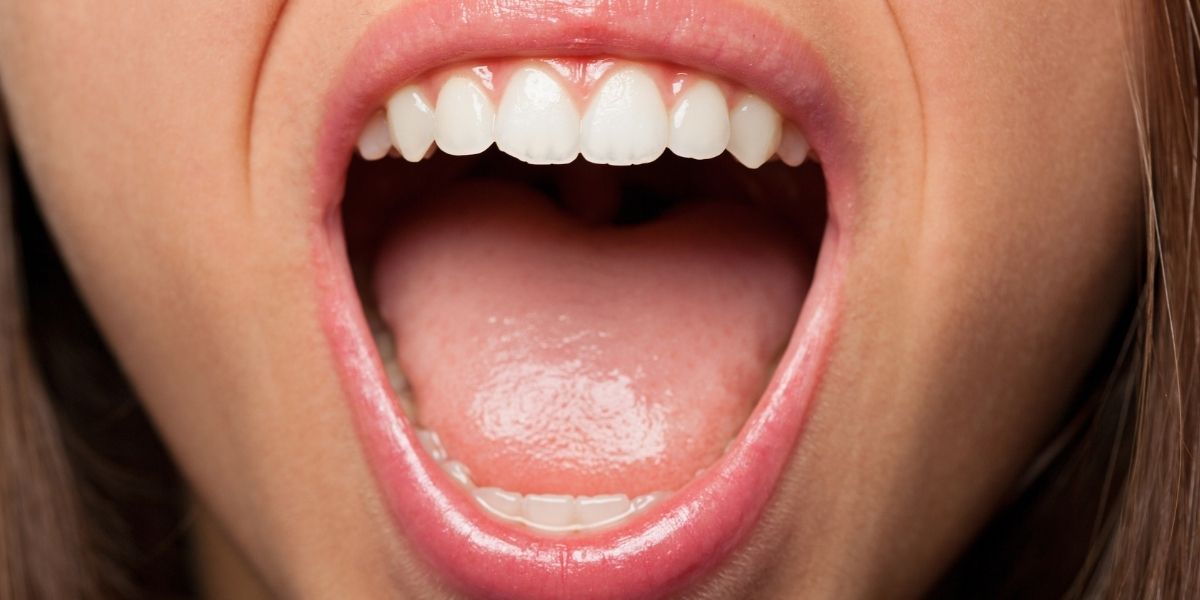Dr. Arabella Michelén
Monday, September 9, 2024
A high percentage of the population, at some point in their lives, has felt or feels discomfort or pain when eating cold, hot, acidic, sour foods, even when being in an area with a very low temperature, even while brushing their teeth. This is what is known as dental sensitivity. The causes are very varied and the treatment is closely linked to its origin.
Hygiene and a balanced diet play an important role in dental sensitivity. This is how we see the case of patients who, due to the acid attack of pathogenic microorganisms present in bacterial plaque, have caused the decalcification of tooth enamel, leaving the plaque exposed, thus initiating a caring process and, as a consequence, an increase in sensitivity without any apparent stimulus. On the other hand, we have a diet rich in citrus fruits, which produces the same effect, loss of enamel and the presence of hypersensitivity.
Dental sensitivity is not exclusive to a tooth, nor to an area, it is the result of an injury, illness or condition located in any area of the tooth or teeth, for example incipient caries, a dental fracture, a malformation of dental tissues, gingival retraction, loss or wear of enamel and/or dentin, among other causes.
Gingival retractions are nothing more than areas of the teeth that have their necks exposed, the gum has receded, leaving the roots visible, and the patient usually comes to the consultation saying that their teeth look longer than the others. Inadequate brushing, whether due to the type of bristles the toothbrush has: hard, with an irregular end; the application of too much force and incorrect brushing techniques, together with the consequences of periodontal disease are the most common causes of hypersensitivity.
Cavities, fissures and dental fractures also cause discomfort and pain due to thermal changes. A visit to the dentist is essential to resolve this issue. After the diagnosis, sometimes accompanied by x-rays, the treatment plan will be determined.
Some syndromes and special situations during the formation of tooth germs are manifested by amelogenesis and dentinogenesis imperfecta, which, as their names suggest, are poor quality enamel and dentin. These patients are highly sensitive to thermal changes and to diet.
As stated at the beginning, the treatment will depend on the cause.
Patients with gum recessions due to periodontal problems must be treated by a Periodontist, and this will include teaching brushing, brush, toothpaste, floss, mouthwash and any other necessary aids, until achieving healthy gums and periodontal tissue that allows surgery to cover those exposed necks. It is important to remember that periodontal disease is chronic, so it requires continuous monitoring.
In other cases, oral rehabilitation will be necessary, either by means of a restoration, dental prosthesis, veneer, etc. Any other treatment that the oral health professional considers necessary to resolve the symptoms and prevent their recurrence.
Phototherapy is an innovative, painless and highly effective treatment for patients with hypersensitivity.
Simple measures such as changing toothpaste or changing diet are sometimes enough for the patient to express improvement and, in a short period of time, to become dispassionate about the symptoms.
It is of utmost importance that the patient schedules an appointment with the dentist when the first warning signs and symptoms appear. Untreated hypersensitivity can become complicated because, due to fear of discomfort and pain, hygiene and diet are neglected, and can lead to more sophisticated and specialized dental treatments, as well as affecting general health. What could have been easily resolved at the beginning sometimes becomes a crisis.
Remember, prevention is better than cure.
Artículo Periódico Hoy










